New England’s harbor towns face a complex relationship with cruise ships. While these vessels bring economic benefits, they also spark debates about environmental and social impacts. Here’s a look at 11 towns grappling with this maritime paradox.
Bar Harbor, Maine

Bar Harbor’s delicate dance with cruise ships is palpable. Once bustling with cruise passengers exploring Acadia National Park, the town now navigates a new reality. Legal battles ensue over passenger caps locals voted for, reflecting a community divided.
Businesses appreciated the influx, yet congestion weighed heavily. The town’s decision to limit arrivals sparked lawsuits, symbolizing the ongoing debate.
This picturesque town exemplifies the struggle between economic necessity and environmental preservation. Balancing crowds and conservation remains a priority as Bar Harbor seeks equilibrium.
Portland, Maine
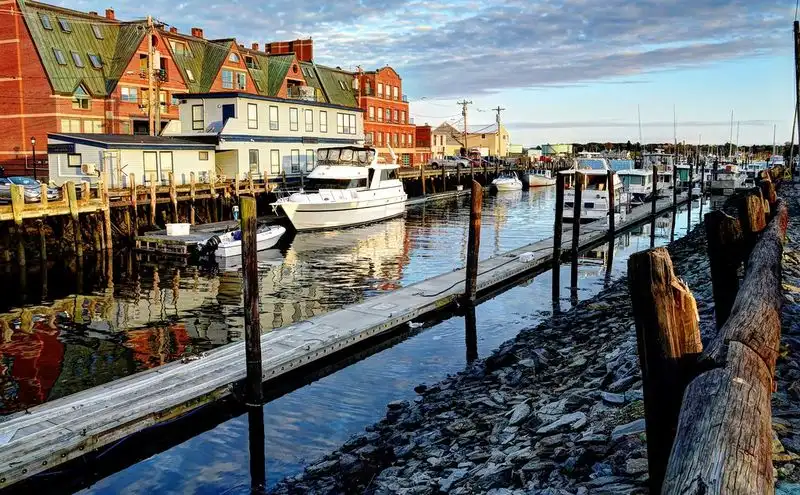
Portland, Maine is a fast-growing cruise gateway. The city has embraced a surge in ship calls, surpassing other Maine ports, bringing both revenue and challenges.
Environmental concerns about emissions and shore power are hot topics among city leaders and activists. The city is openly discussing electrifying docks as cruise visits increase.
This port city is at a crossroads, deciding how to balance economic benefits with environmental responsibilities. As discussions about tighter rules unfold, Portland navigates its future as a major cruise destination.
Rockland, Maine
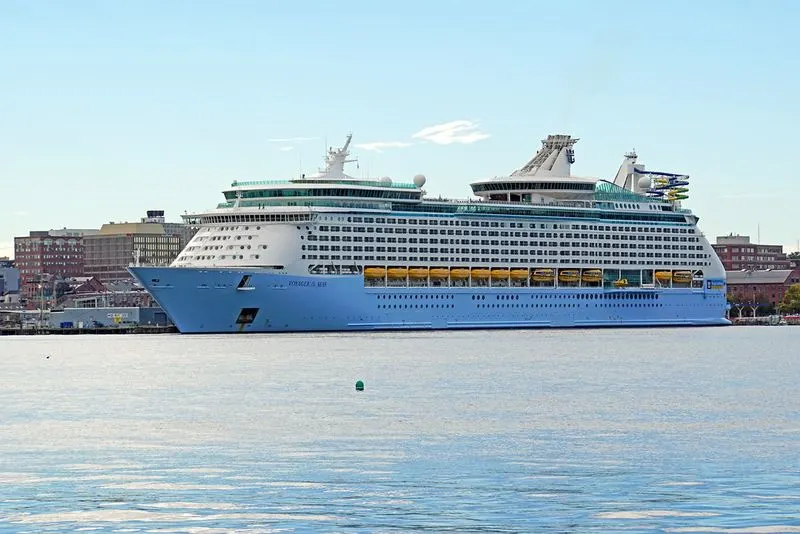
Rockland, a small town, finds itself in the cruise ship spotlight. Recent jumps in ship calls have brought both economic benefits and pressures on local services.
Residents enjoy the financial boost but worry about overwhelming their quaint streets. City officials have adapted ordinances to manage the influx.
Planning and scheduling are key as Rockland seeks to accommodate a record number of visits without losing its charm. Balancing growth with small-town appeal remains a delicate act.
Boothbay Harbor, Maine
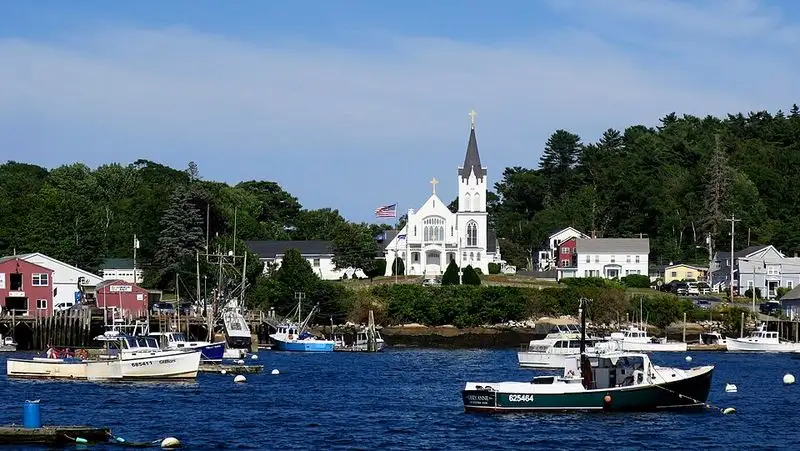
In Boothbay Harbor, the cozy setting is graced by smaller cruise vessels. These arrive less frequently, perfectly fitting the town’s quieter rhythm.
Local businesses appreciate the extra patrons, while residents face minimal disruption compared to larger ports. The scene remains serene.
It’s a harbor where small American-flag vessels contribute to a gentle economic boost without causing large waves. Boothbay Harbor enjoys a harmonious relationship with the cruise industry.
Gloucester, Massachusetts

Gloucester’s waterfront tells a tale of mixed uses. Fishing, whale-watching, and repair yards coexist with passenger vessels, creating scheduling challenges.
The harbor plan treats cruise ships as one part of a broader industrial mix. Balancing these diverse needs requires careful coordination.
This working port exemplifies the intersection of tradition and tourism, where practical solutions maintain harmony. Gloucester navigates these waters with an eye on preserving its maritime legacy while embracing new opportunities.
Provincetown, Massachusetts
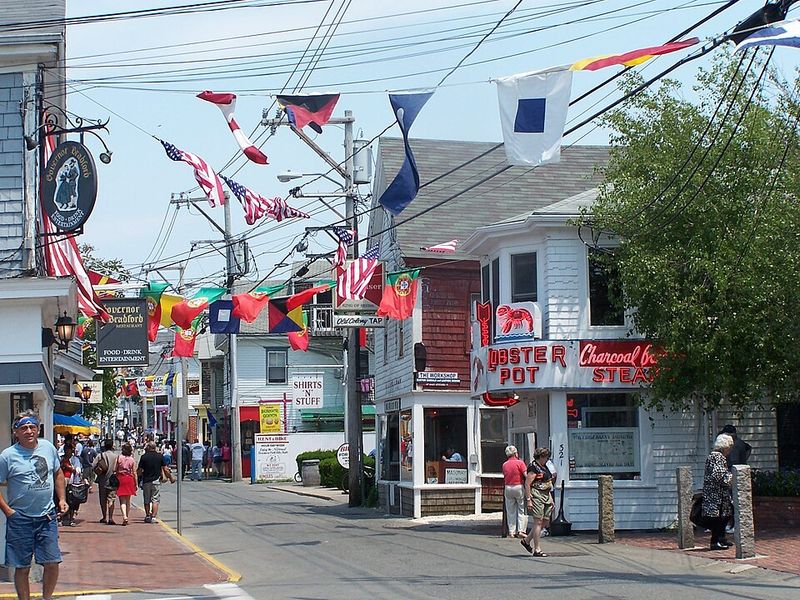
Provincetown’s small harbor amplifies its summertime personality. Seasonal day-visitors and cruise ships add to an already packed calendar, sparking debates.
Locals question whether cruise arrivals enhance or erode the town’s tight-knit summer life. The impact is palpable in this small-scale harbor.
The vibrant waterfront feels every cruise ship visit, as the balance between tourism and community life is constantly renegotiated. Provincetown’s charm is both its draw and its challenge.
Newport, Rhode Island

Newport’s historic charm meets a booming cruise schedule. The city has raised passenger fees, balancing large one-day crowds with local business support.
Municipal policy changes reflect an effort to capture benefits while managing impacts. Cruise tourism fuels local tours and shops.
This historic port city is keen on maintaining its allure while navigating the complexities of growing cruise traffic. Newport seeks harmony between tourism and preservation.
New Bedford, Massachusetts
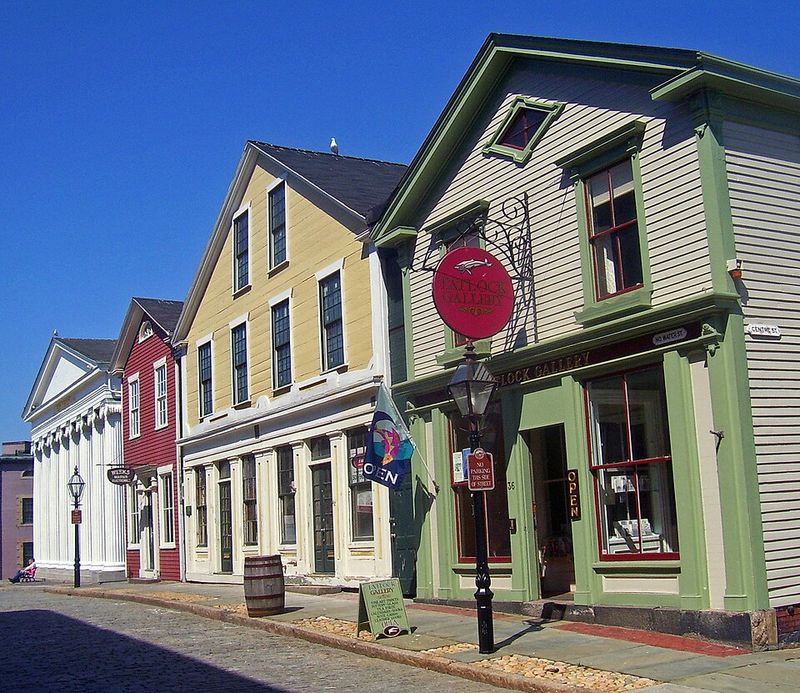
New Bedford is transforming its industrial pier into a cruise gateway. Proposals for a State Pier highlight efforts to attract cruise traffic.
Leaders hope to convert passengers into downtown customers, though infrastructure strain is a concern. Expansion plans are underway.
American Cruise Lines and others have increased scheduled stops, prompting development. New Bedford’s future as a cruise destination is taking shape amid hopes and challenges.
New London / Groton, Connecticut
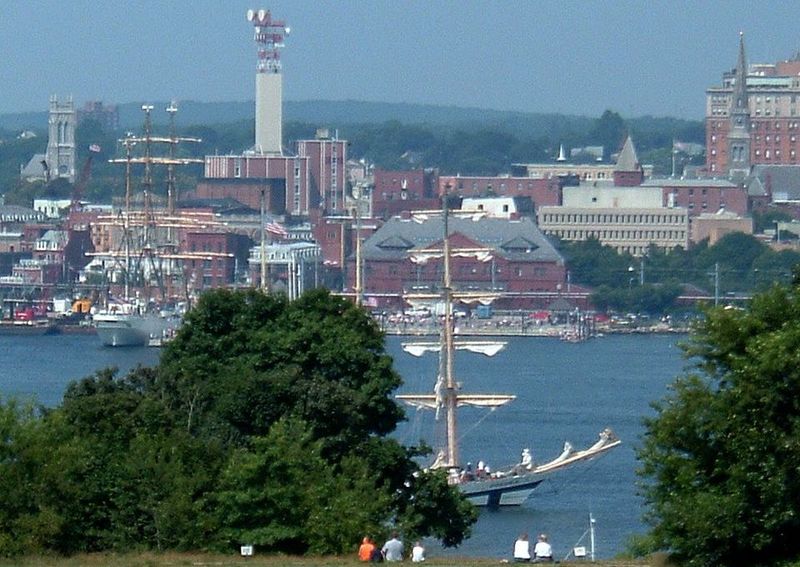
New London seeks to increase passenger visits, mirroring regional efforts to spread cruise traffic. Practical questions about transit connections arise.
City officials publicly discuss boosting cruise tourism as part of waterfront strategies. The goal is to integrate one-day crowds into local rhythms.
As this small-city port eyes more calls, the community considers how best to welcome visitors while preserving daily life. New London navigates its potential as a cruise stop.
Portsmouth, New Hampshire
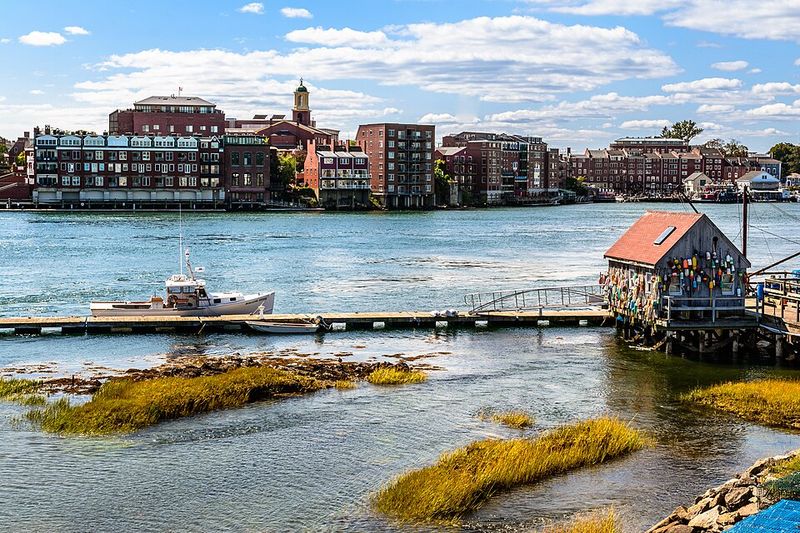
Portsmouth appeals to smaller cruise operators, offering a niche experience. Local leaders experiment with a few scheduled visits instead of mega-ship traffic.
This strategy often results in a gentler footprint. Discussions continue about long-term plans.
With repeat short-season calls from small U.S.-flag lines, Portsmouth’s quiet harbor maintains its charm while embracing selective growth. The town enjoys its niche appeal.
Nantucket and Hyannis, Massachusetts
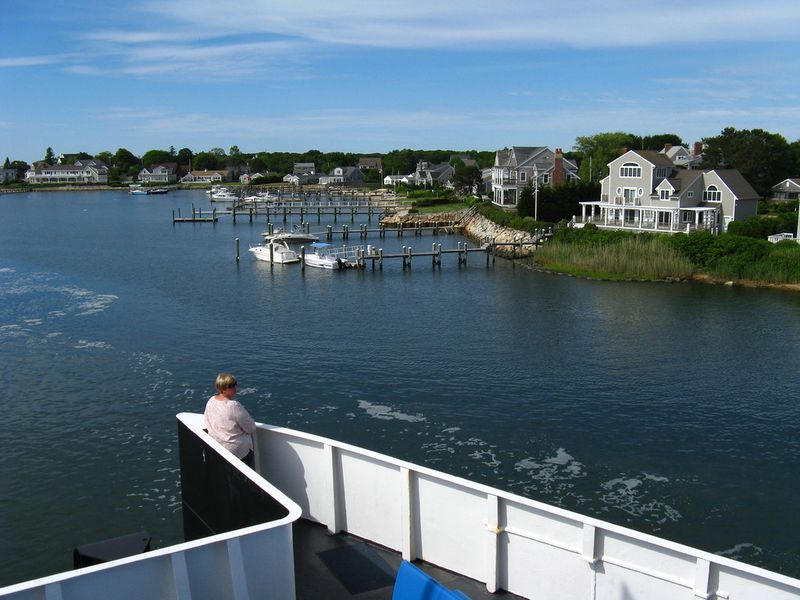
Nantucket and Hyannis navigate a complex maritime landscape. Island economies rely heavily on ferries and tourism.
Proposals for large passenger vessels raise questions about parking and supply chains. Residents weigh steady tourism against sudden ship influxes.
Studies stress the high economic reliance on passenger movement and the fragility of island supply lines. These islands carefully balance growth with logistical realities.

